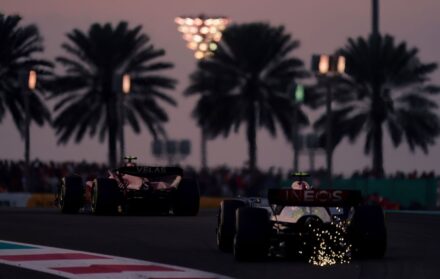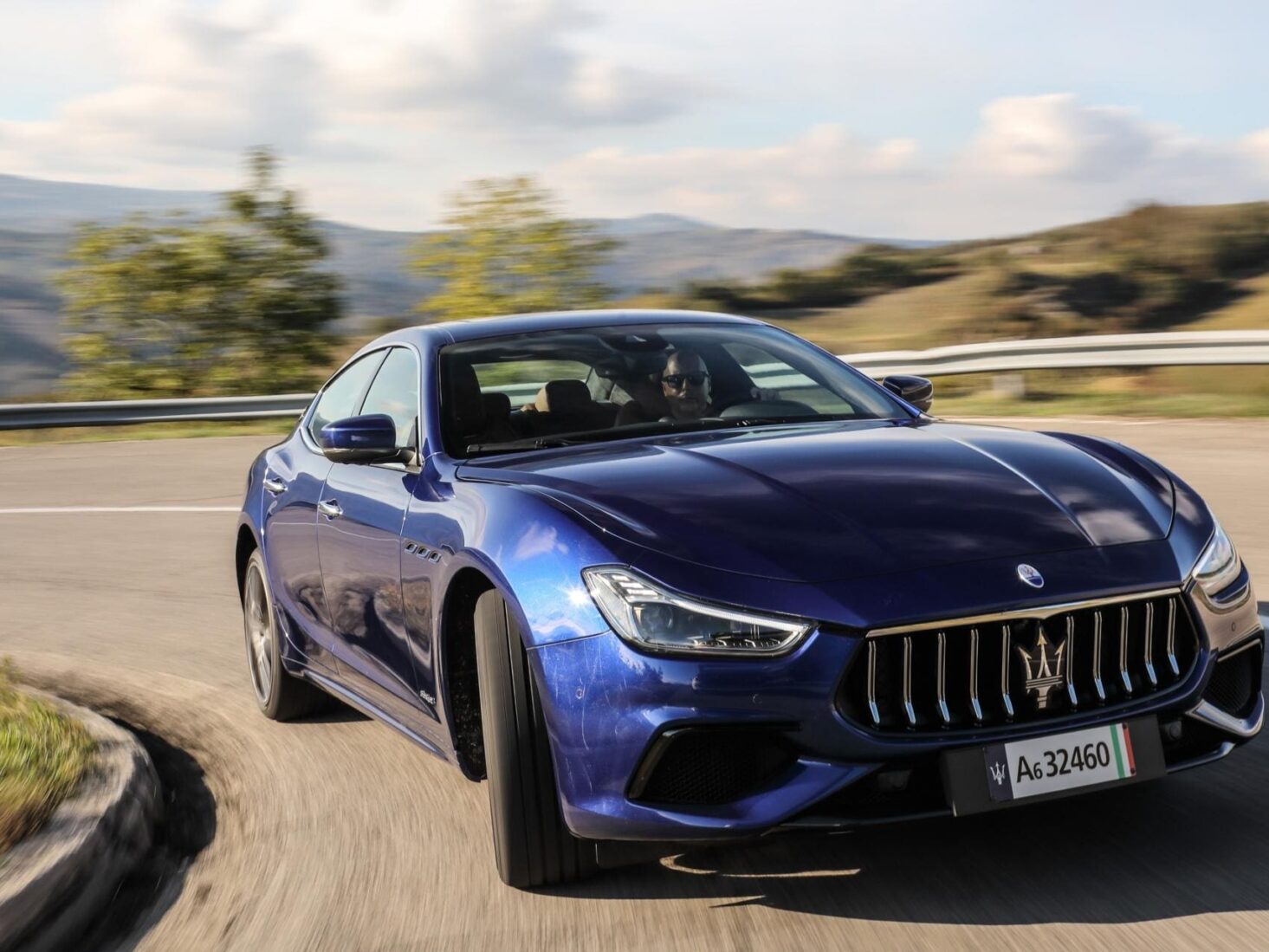
First drive: the 2021 Maserati Ghibli Hybrid
Maserati’s first dalliance with electrification has produced the mildest of mild hybrids
Between lockdowns in September I flew to Italy and watched a futuristic two-seater unveiled with showbiz razzamatazz. The stunning MC20 will spearhead Maserati’s long-awaited return to building supercars that aren’t closely related to old stablemates Ferrari.
The flagship model is key to a multi-billion-pound business plan, designed to compete with the very best of Lamborghini and McLaren. The MC20 will be driven by a mid-engine, 621 bhp V6 petrol unit and eventually, a high-performance electric-only motor, too.
So what has that got to do with the stylish but more anodyne-looking Italian saloon featured on this page? Remarkable as it might seem, this Ghibli Hybrid is the very first Maserati in history to include an electric power source of any kind – and it recently arrived on my driveway.
While premium-brand German rivals have offered hybrid cars for some time, it’s taken FCA (Fiat Chrysler Automobiles) a little longer to add a small battery pack to the mix. The Ghibli Hybrid slashes CO2 emissions by around 20 per cent compared to a diesel equivalent, saving on income tax and making owners feel better about themselves.
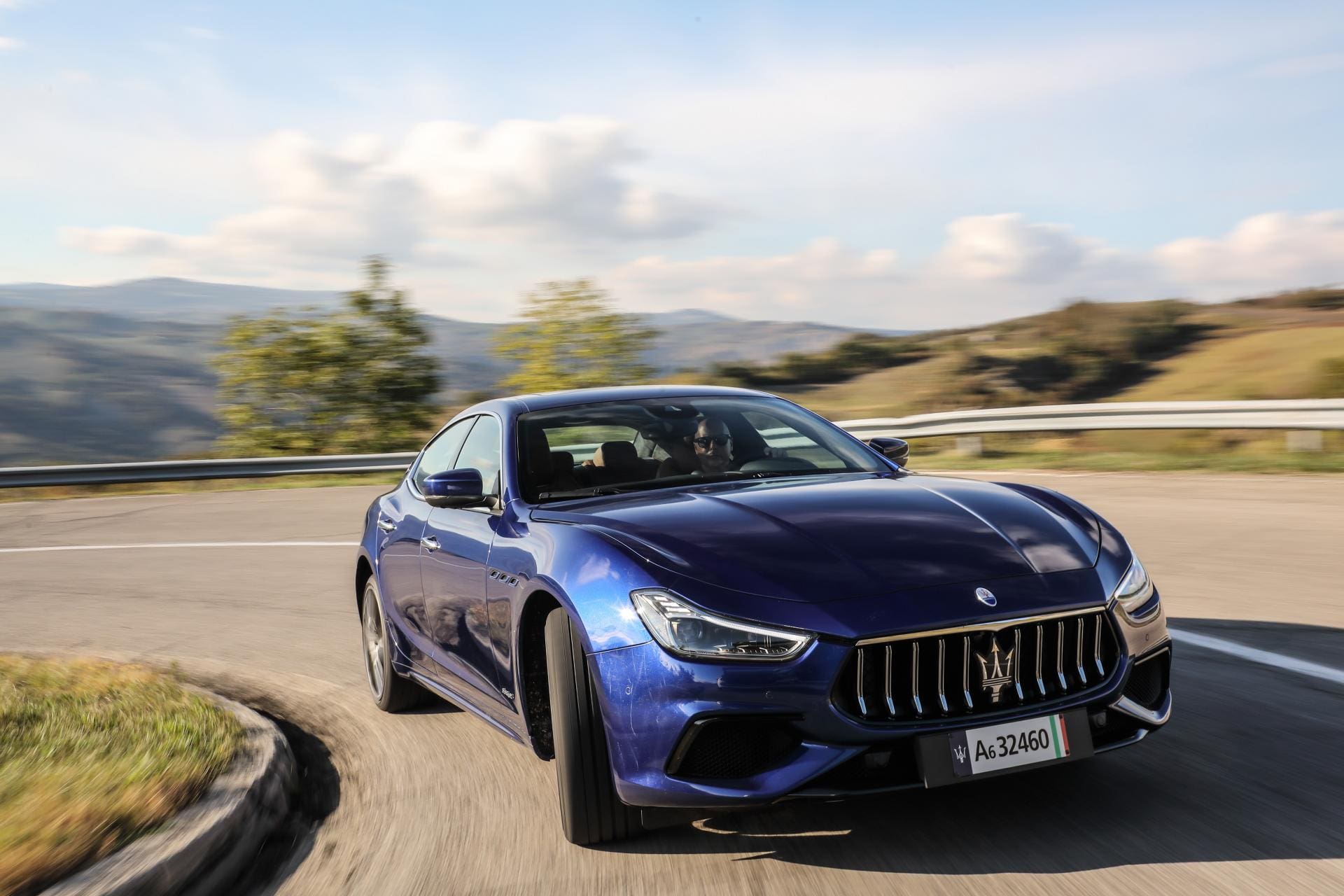
The Ghibli was launched in 2013 and was always easy on the eye but this one enjoys a minor refresh for 2021. This is mostly on the inside, with a new centre dash. The Hybrid identifiers on the outside are restricted to a discreet, blue line on the badging and a revised front grille. The Brembo brakes are also painted blue.
More importantly, under that rather sweeping, sculpted and svelte bonnet is a heavily-revised Alfa Romeo-sourced engine, combined with a mild-hybrid 48-volt system.
The same 2.0-litre, four-cylinder petrol engine powers the Alfa Giulia and Stelvio but has enjoyed a serious overhaul by Maserati technicians, creating even greater power and efficiency. The aim was to combine the performance of the existing Maserati Ghibli V6 petrol model with the economy of the now defunct diesel version.
Technical stuff includes replacing the conventional alternator with a belt-driven starter motor that can recover energy when the Hybrid is coasting, or under braking, to charge the battery.
An eBooster system is then charged by the battery, which combines with the turbocharger to add torque at the lower end of the rev range. The system also works at peak revs to boost performance. Unlike some rivals, however, the Maserati can’t run just on battery power alone and there is no plug-in version.
So, what’s it like to drive? Maserati claims the introduction of the hybrid power plant improves weight distribution and handling by placing the battery pack under the boot floor. Skyhook suspension is standard in the GranSport and with drive to the rear wheels via an eight-speed ZF gearbox, it sounds very promising.

Somehow, though, I found the Hybrid doesn’t live up to its performance credentials. A modest sprint to 60mph in 5.7 seconds reminds me that this is effectively a 2.0-litre turbocharged engine hauling along a fairly substantial motor.
The power output of 330bhp is even less than the V6 petrol Ghibli – a saloon that also lacks the urgency many drivers might expect of a Maserati. And compared to the thoroughly engaging 430 bhp V6 S, the Hybrid does not set pulses racing. Even in Sport mode, with Skyhook’s double wishbone suspension firmed up, the Maserati left me cold, rather than giddy with excitement and looking forward to the next sweeping bend.
And I did try, engaging the flappy paddles and skipping manually through the gearbox barely made a difference. I found my right foot constantly flat to the floor, trying to squeeze some much-needed excitement from the mildest of mild hybrids.
At least on the inside the Ghibli remains a gorgeous place to travel. The GranSport is, ironically, loaded with a ‘sporty’ steering wheel and ‘sporty’ aluminium gearshifters, ‘sporty’ pedals and some firm-but-comfortable 12-way, ‘sporty’ power seats.
Upgrade to GranLusso and a more luxury-orientated cabin has an exclusive silk seat trim from Maserati’s tie-up with clothing brand Ermenegildo Zegna. It means your Ghibli can match the label of a flashy Italian suit.
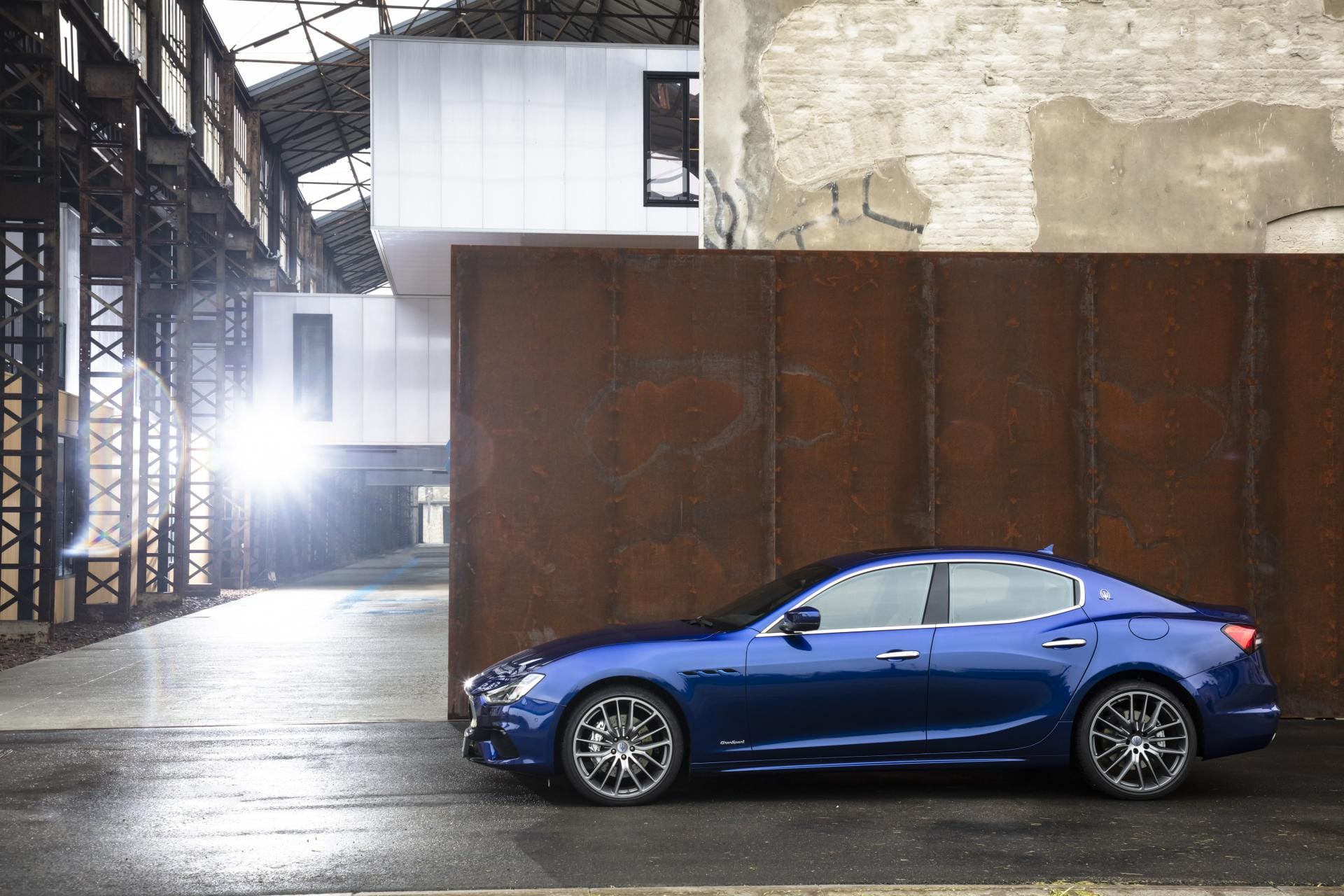
Maserati has installed a new generation infotainment system, too, which is a couple of inches larger than the old multimedia unit and frameless, for a ‘cleaner’ look. It is still clunky to operate compared to German rivals but sits well in the new centre dash.
As well as revamped instrument display and clock faces, new across all models for 2021 is the Maserati Connect app, allowing owners to never feel parted from their Ghibli for too long. Expect access to an instant car health check and traffic information in real time.
Up front there is plenty of room for tall adults, with lots of door and cubby boxes – although Maserati forgets a slot specifically designed for the keyless entry ignition key. In the rear, the low-profile roof is responsible for a claustrophobic feeling. Boot space is adequate but access for larger items is hampered by the small opening aperture. At least the rear seat backs can be dropped forward for extra room, although they don’t lie completely flat.
And then there’s the price. The Ghibli Hybrid starts at just over £58,000, which is far more than key rivals from Germany. And with higher CO2 emissions than the class-leading BMW 5 Series hybrid, owners really have to want a Maserati key in their pocket to make the cost of owning a Ghibli add up.
Maserati’s first dalliance with electrification has produced the mildest of mild hybrids that ultimately doesn’t live up to the sporting heritage of the brand. It may look – and very much sound like a Maserati – but the Ghibli Hybrid is ultimately a sheep in very expensive wolf’s clothing.
Maserati GranSport Hybrid
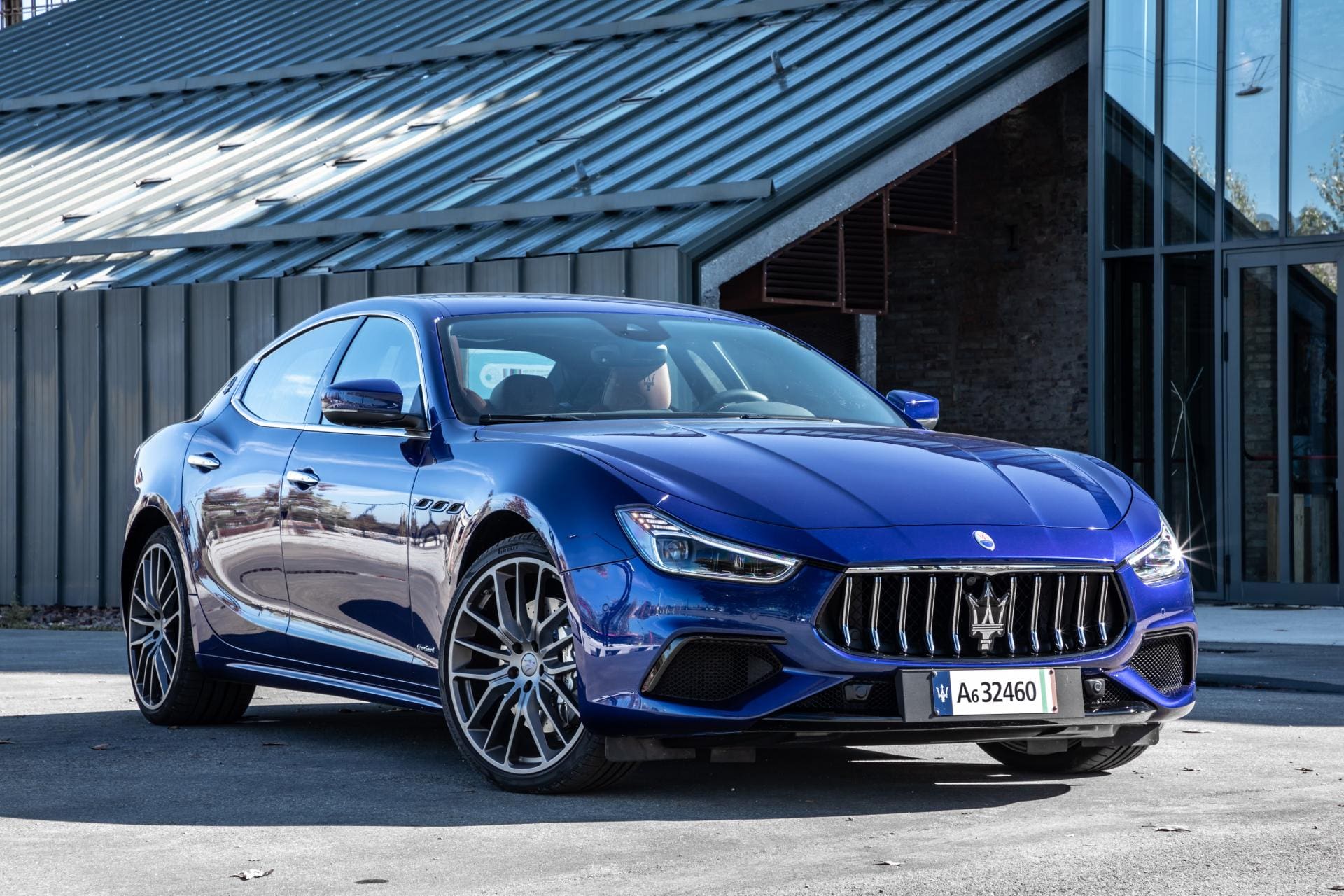
Price: £63,460 (for the model driven) 0–62mph: 5.7 seconds Max speed: 158mph Engine: 1,998cc 4-cyl; 48v motor Transmission: 8-speed auto Power: 330 bhp @ 5750 rpm Torque: 450 lb ft @ 4000 rpm Emissions: 183 g/km Economy: 34.9mpg
Rating: 3/5
Read more: The Rolls-Royce Ghost 2020 – on the road with the brand-new Baby Roller









